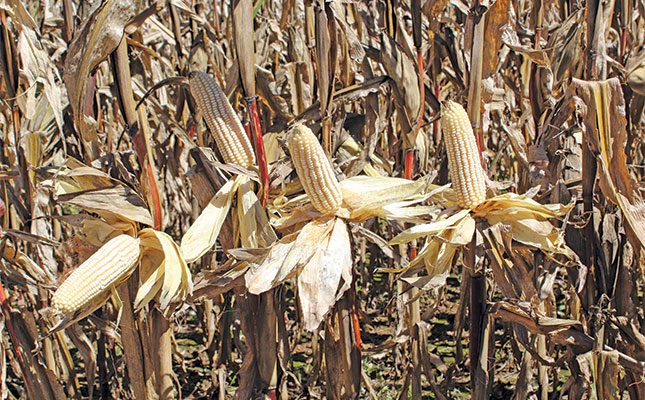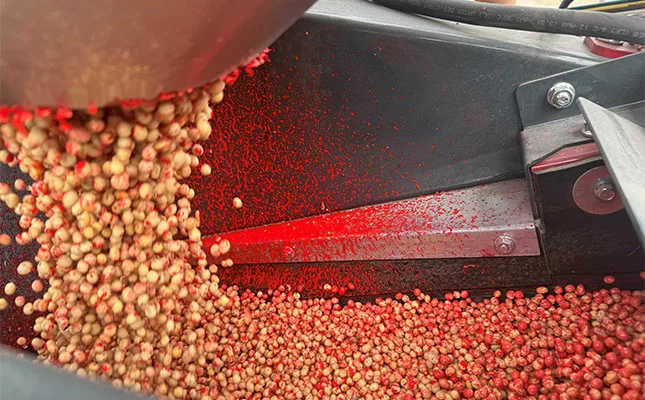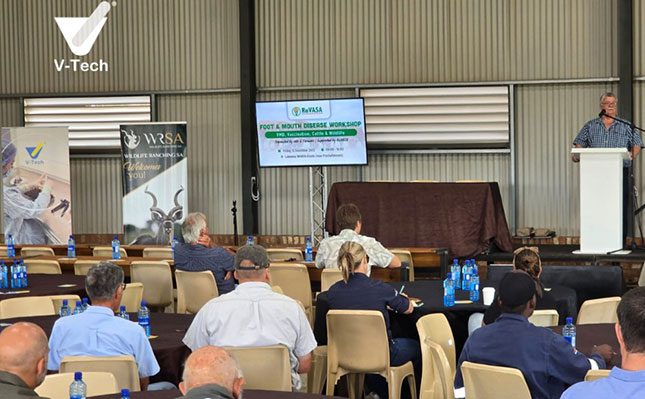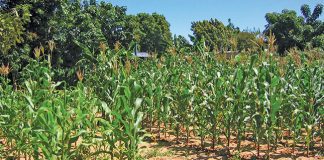
Photo: Supplied
In other words, just prior to the first winter rainfall, many irrigation dams are found to contain higher levels of organic matter and the potential development of algal blooms (rapid growth of microscopic algae in water).
The algal blooms are known to cause clogging of filters and dripper systems. Furthermore, an impact on solubility may occur as a result of micronutrients binding with organic matter, reducing crop availability.
Furthermore, an impact on solubility may occur as a result of micronutrients binding with organic matter, reducing crop availability.
Irrigation water quality
Water used for irrigation purposes has been widely reported to vary greatly in terms of quality, and largely depends on the type and quantity of dissolved salts.
When considering a fertigation program for a specific crop, the water quality, combined with the water-soluble fertiliser product, can have far-reaching effects on the production of crops in terms of yield and quality.
The most pronounced parameters that determine water’s suitability for irrigation are:
- pH Level;
- Salinity (total dissolved solids – TDS);
- Hardness (Presence of calcium – Ca2+ and magnesium – Mg2+;
- Alkalinity (carbonate – CO32-or bicarbonate – HCO3– ;
- Sodium adsorption ratio (SAR) – Ratio of sodium to calcium and magnesium;
- The concentration of specific dissolved minerals;
- Contaminants (Iron, manganese, and heavy metals);
- Organic matter (total suspended solids TSS) – algae and pathogens.
Key interactions: water quality vs fertiliser solubility pH effects
- Alkaline water can reduce solubility of phosphorus fertilisers;
- Acidic water may increase solubility but risk corrosion.
Hardness effects and bicarbonates and carbonates
- Calcium and magnesium can form insoluble compounds with phosphate and sulfate;
- Precipitation of micronutrients like Iron and Zinc.
Salinity and EC TDS (Electrical Conductivity and Total Dissolved Solids)
- High salinity reduces solubility and plant uptake efficiency.
Organic matter (TSS)
- Could cause clogging and impact solubility uniformity;
- May bind with micronutrients, reducing availability.
Impact on Nutrient Use Efficiency (NUE)
The effect of the abovementioned interactions can have a significant effect on the NUE of a specific crop. NUE is commonly defined as the availability of nutrition to a crop for utilisation towards optimal yield and quality.
In the event of precipitates forming in stock tank solutions, the availability of nutrients is reduced for the crops’ optimal growth and production. This in turn results in a lower return on investment (ROI) for fertiliser, primarily because of lower crop yield.
Mitigation strategies
First and foremost, would be water testing and monitoring throughout the growing season, and considering that water quality is changing throughout the season. After water is analysed by a reputable laboratory and the results have been received, an agriculturalist would be able to make calculated recommendations to producers.
For example, should the alkalinity of the irrigation water exceed the upper limit for bicarbonate, which can cause nutrient lockout, an acid-forming water-soluble fertiliser may be beneficial. Alternatively, an acid injection (e.g. sulfuric or phosphoric acid) could be considered.
The selection of the right fertiliser product is also critical when using “hard” water, and chelated micronutrients would be preferred over sulfate forms.
References:
Ayres, R.S & Westcot, D.W. 1985. Water Quality for Agriculture, University of California. Cox, D.A. UMass Extension Floriculture Water Quality Project: II. pH, Alkalinity, Calcium, Magnesium, and Other Elements
For more information contact Chris Burbidge, Kynoch Fertilizer Agriculturalist, on 083 702 0760, or e-mail at [email protected].













